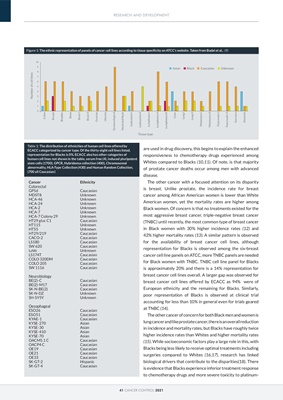
Table 1: The distribution of ethnicities of human cell lines offered by
ECACC categorized by cancer type. Of the thirty-eight cell lines listed,
representation for Blacks is 0%. ECACC also has other categories of
human cell lines not shown in the table, serum free (4), induced pluripotent
stem cells (1700), GPCR, Hybridoma collection (400), Chromosomal
abnormality, HLA-Type Collection (430) and Human Random Collection,
(700 all Caucasian)
Cancer Ethnicity
Colorectal
GP5d Caucasian
MDST8 Unknown
HCA-46 Unknown
HCA-24 Unknown
HCA-2 Unknown
HCA-7 Unknown
HCA-7 Colony 29 Unknown
HT29 gluc C1 Caucasian
HT115 Unknown
HT55 Unknown
HT29/219 Caucasian
CACO-2 Caucasian
LS180 Caucasian
SW 620 Caucasian
LoVo Unknown
LS174T Caucasian
COLO 320DM Caucasian
COLO 205 Caucasian
SW 1116 Caucasian
Neurobiology
BE(2)-C Caucasian
BE(2)-M17 Caucasian
SK-N-BE(2) Caucasian
SK-N-DZ Unknown
SH-SY5Y Unknown
Oesophageal
ESO26 Caucasian
ESO51 Caucasian
KYAE-1 Caucasian
KYSE-270 Asian
KYSE-30 Asian
KYSE-410 Asian
KYSE-70 Asian
OACM5.1 C Caucasian
OACP4 C Caucasian
OE19 Caucasian
OE21 Caucasian
OE33 Caucasian
SK-GT-2 Hispanic
SK-GT-4 Caucasian
RESEARCH AND DEVELOPMENT
41 CANCER CONTROL 2021
are used in drug discovery, this begins to explain the enhanced
responsiveness to chemotherapy drugs experienced among
Whites compared to Blacks (10,11). Of note, is that majority
of prostate cancer deaths occur among men with advanced
disease.
The other cancer with a focused attention on its disparity
is breast. Unlike prostate, the incidence rate for breast
cancer among African American women is lower than White
American women, yet the mortality rates are higher among
Black women. Of concern is that no treatments existed for the
most aggressive breast cancer, triple-negative breast cancer
(TNBC) until recently, the most common type of breast cancer
in Black women with 30% higher incidence rates (12) and
42% higher mortality rates (13). A similar pattern is observed
for the availability of breast cancer cell lines, although
representation for Blacks is observed among the six-breast
cancer cell line panels on ATCC, more TNBC panels are needed
for Black women with TNBC. TNBC cell line panel for Blacks
is approximately 20% and there is a 14% representation for
breast cancer cell lines overall. A larger gap was observed for
breast cancer cell lines offered by ECACC as 94% were of
European ethnicity and the remaining for Blacks. Similarly,
poor representation of Blacks is observed at clinical trial
accounting for less than 10% in general even for trials geared
at TNBC (14).
The other cancer of concern for both Black men and women is
lung cancer and like prostate cancer, there is an overall reduction
in incidence and mortality rates, but Blacks have roughly twice
higher incidence rates than Whites and higher mortality rates
(15). While socioeconomic factors play a large role in this, with
Blacks being less likely to receive optimal treatments including
surgeries compared to Whites (16,17), research has linked
biological drivers that contribute to the disparities(18). There
is evidence that Blacks experience inferior treatment response
to chemotherapy drugs and more severe toxicity to platinum5
8
15
71
Radiotherapy (73/114)
10
9
8
7
6
5
4
3
2
1
0
Number of cell lines
Percentage of registries
Less than
25%
25-49% 50-74% 75-100%
Tissue type
■ Asian ■ Black ■ Caucasian ■ Unknown
Colon
Breast
Bladder
Bone
Brain I
Brain II
Ovarian
Uterine
Gyneocological
Head and Neck
Leukaemia I
Leukaemia II
Lymphoma I
Lymphoma II
Lymphoma III
Liver
Lung I
Lung II
Melanoma I
Melanoma II
Pancreatic I
Pancreatic II
Sarcoma
Stomach
Figure 1: The ethnic representation of panels of cancer cell lines according to tissue specificity on ATCC's website. Taken from Badal et al., (9)